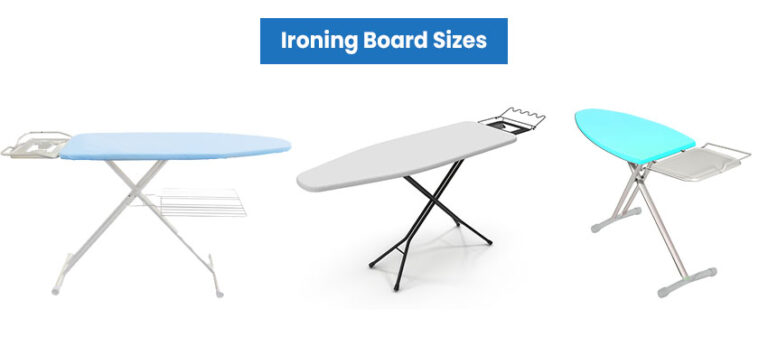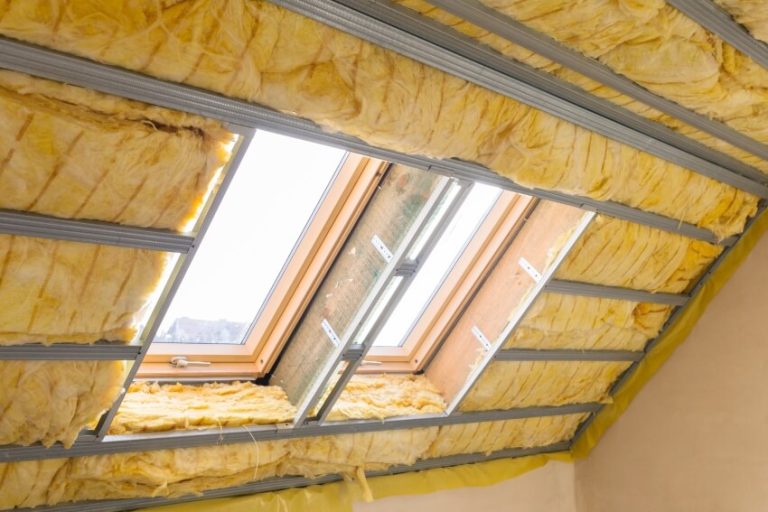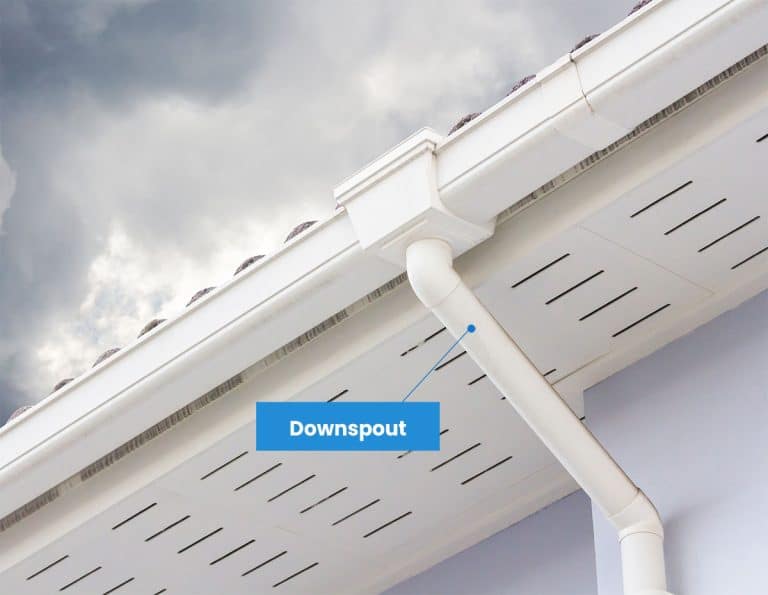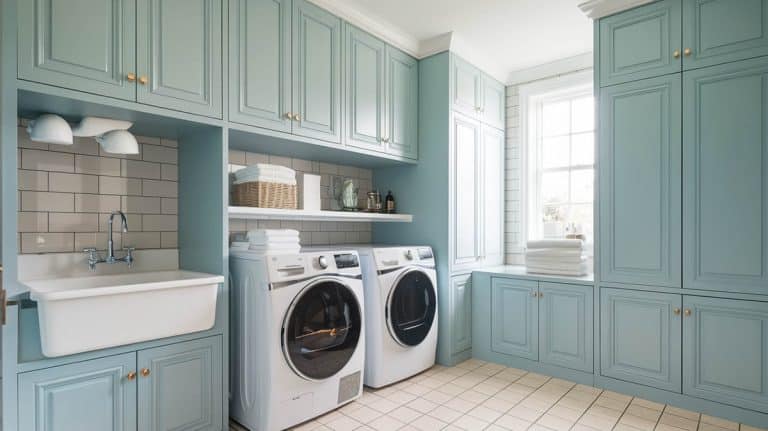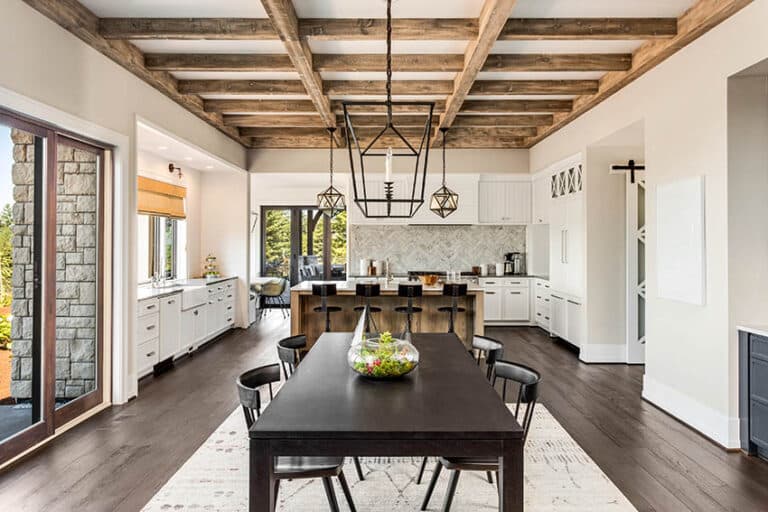Pros and Cons of Prefinished Hardwood Flooring
Here’s the pros and cons of prefinished hardwood flooring including what is, its benefits, disadvantages, cost, and tips on refinishing and maintenance of prefinished floors.
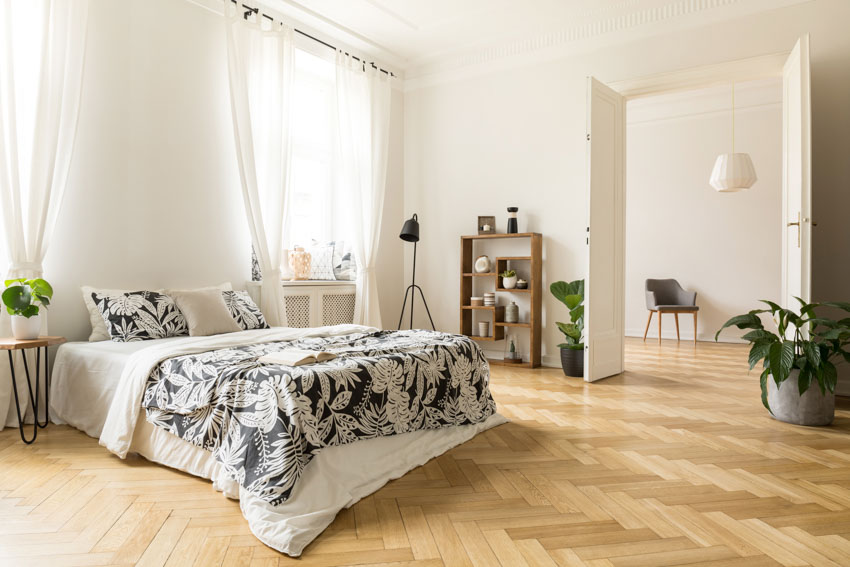
With the intrinsic characteristics of wood, it is easy to see why the demand among residential and commercial property owners continues to rise. They last for many years, are durable, and boast an unmatched natural beauty.
Not to mention, properties fitted with beautiful wood flooring increase in value. Because of these, among the popular types of wood flooring are hickory, maple, and oak.
But aside from choosing the wood, a priority on your list is selecting the best hardwood type: unfinished hardwood and prefinished hardwood.
This article explores the key pros and cons of prefinished hardwood flooring.
What Is Prefinished Hardwood Flooring?

Prefinished hardwood has been around for almost a century, addressing the growing demand for quick home improvement solutions. They are also versatile as you can lay them on different subfloor types made from wood, concrete, and tiles.
But avoid installing them over particle board subfloors or in areas with high moisture, like the basement and bathroom.
Prefinished vs Unfinished Natural Wood Flooring
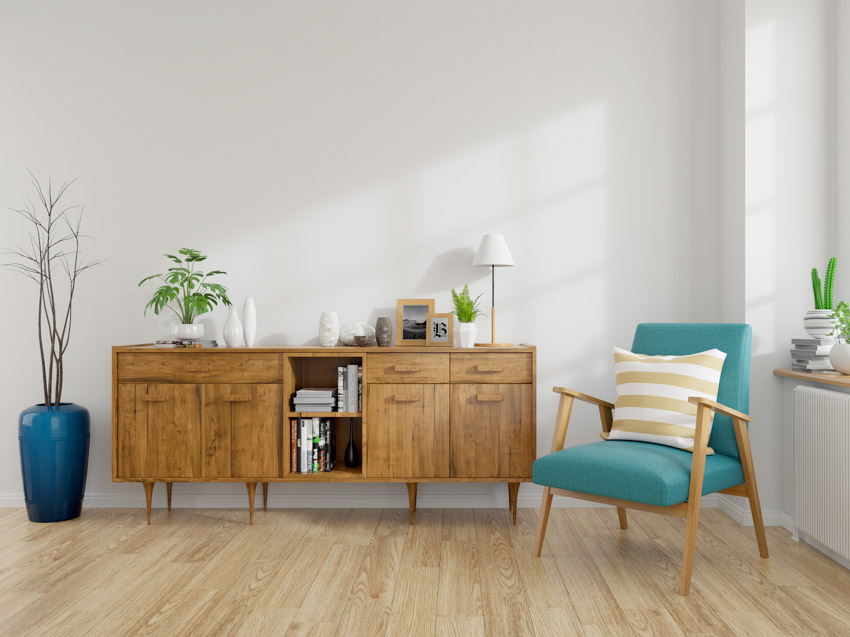
You might wonder why homeowners prefer this type and forgo convenience? One that comes to mind is customization. Sometimes, their preferred style or stain may not be available in their area.
But keep in mind that choosing this type of hardwood finish will take a week or two to complete, from sanding to coating and staining. Sanding the floor alone can take days, especially if you have vast floor space.
Installing an unfinished hardwood floor is also not a job for the inexperienced as it can be labor-intensive, thus requiring professionals.
Finished Wooden Planks Benefits
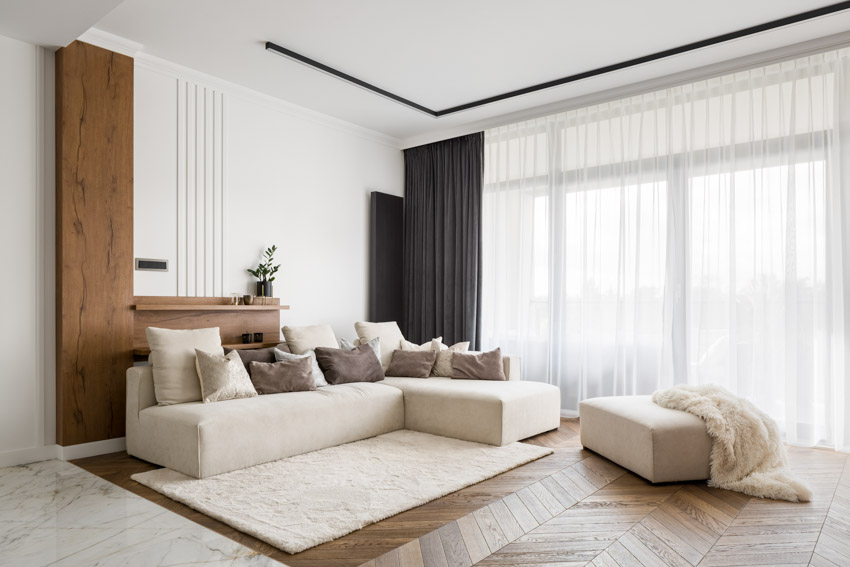
Pre-Coated Hardwood Is Highly Convenient
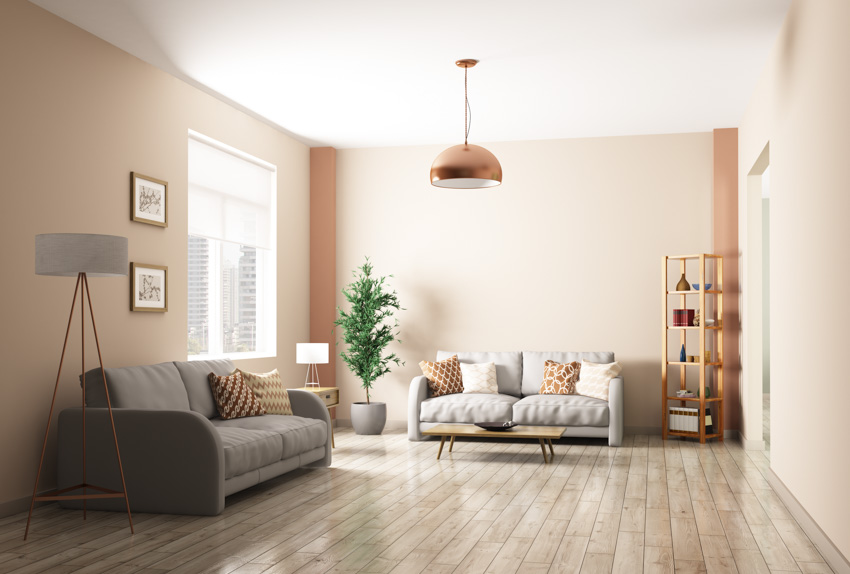
Additional protection on unfinished hardwood is also required to avoid damages and endure foot traffic.
But with prefinished hardwood, the job is more than halfway done. All you have to do is install the boards on your subfloor. You can finish this task in one to three days.
Your neighbors will appreciate you for not having to use loud and noisy sanding machines.
Pre-Treated Wood Boards Is Eco-friendly
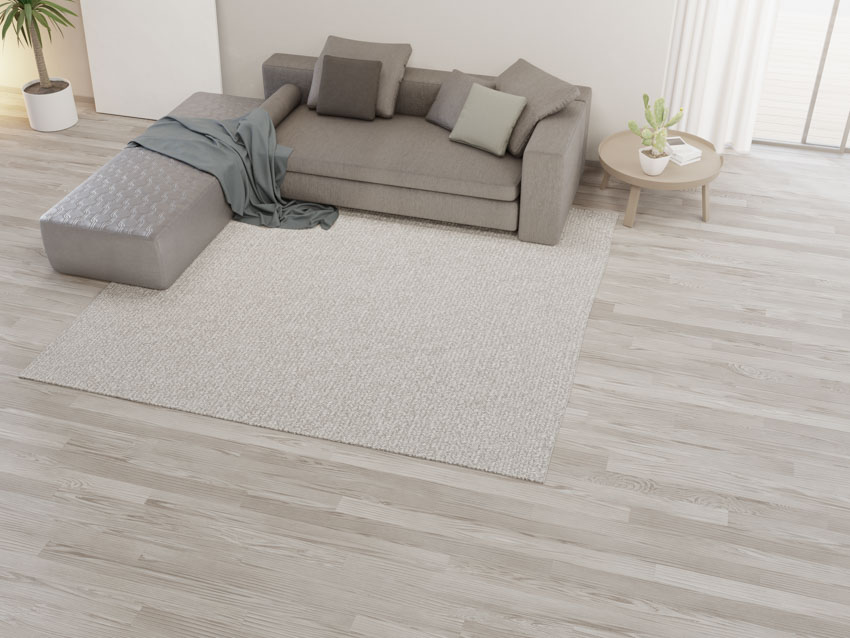
With advanced technology, hardwood manufacturers use non-toxic stains and coatings on the floor. The finish contains UV-cured polyurethane that also blocks off the powerful odor from the wood. You can rest easy knowing that the quality of your indoor air is safe.
You Can Expect a Top Quality and Consistent Finish
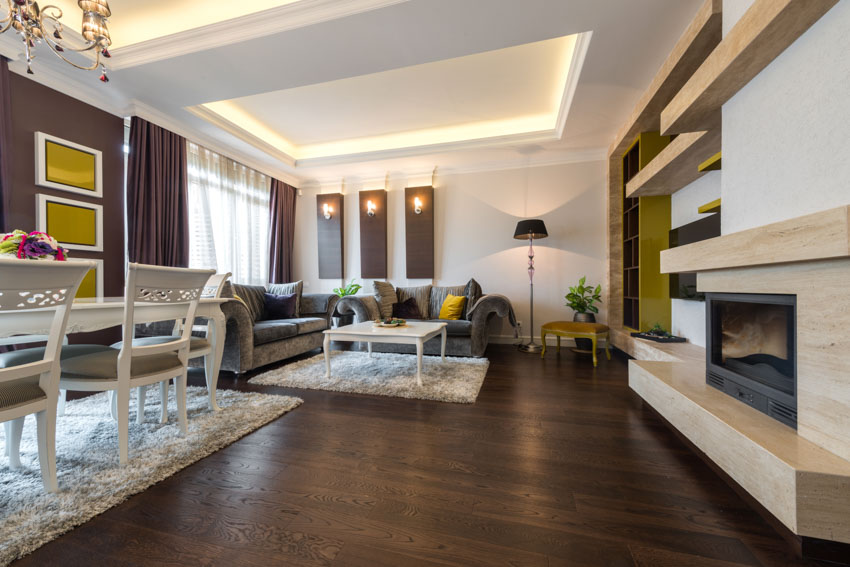
The application of coat or stain is even, ensuring that your floor will look uniform. The boards are also cut equally and beveled accurately.
Also, prefinished hardwood preserves the natural texture of the wood and its color. Read more about matching wood floors here.
Cleaning Your Floor Is Effortless
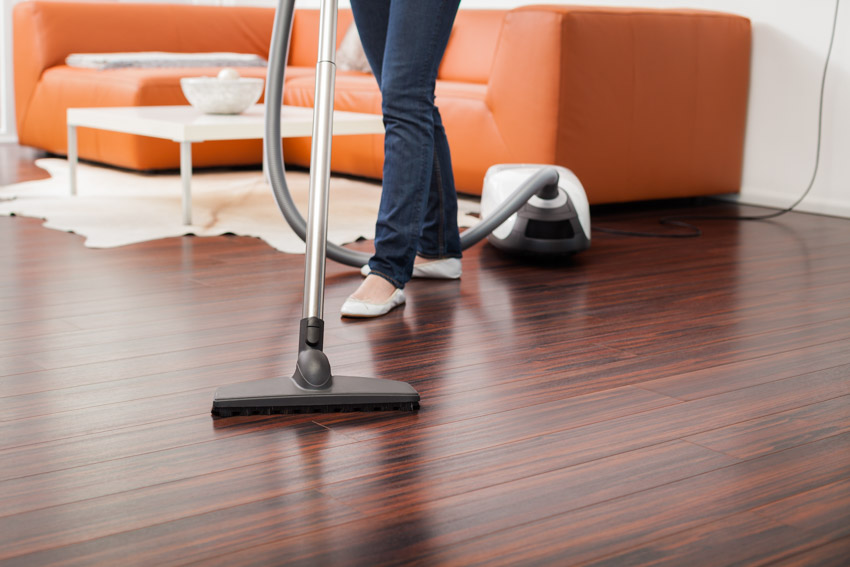
Pre-Treated Hardwood Disadvantages
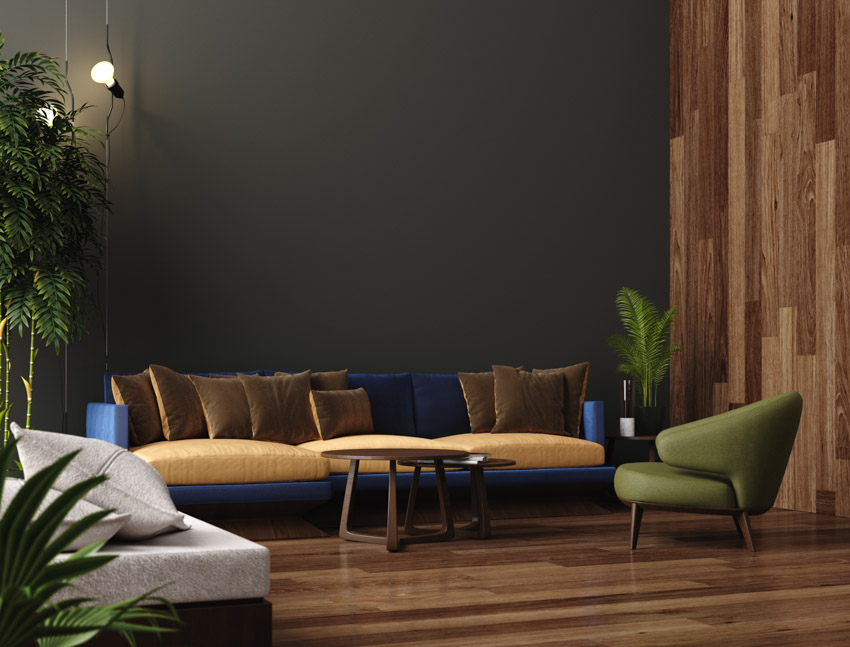
Prefinished Hardwood Is Almost Impossible to Restain
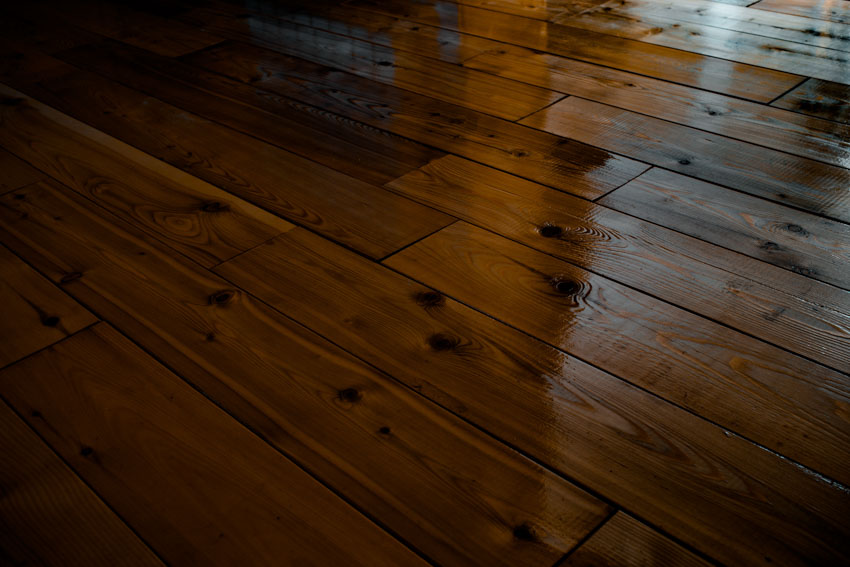
Prefinished hardwood boards have a factory-grade coating that is extremely difficult to remove. Expect multiple rounds of sanding to achieve a clean base.
Some who tried to do it themselves ended up with floorboards that were sanded unevenly. Not to mention, thinner floorboards can get further damages from this process.
Tip: Call in some professionals to do it for you.
There Is Limited Size Availability
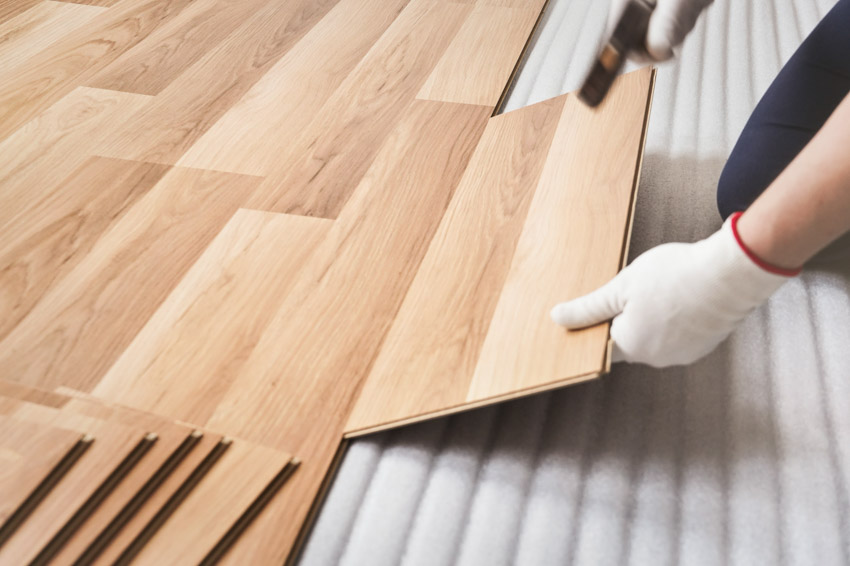
In terms of length, the average is between two and 3 ½ feet. Longer boards over five feet are more difficult to find, and if you do, they come at a hefty price.
You Cannot Seal the Joints
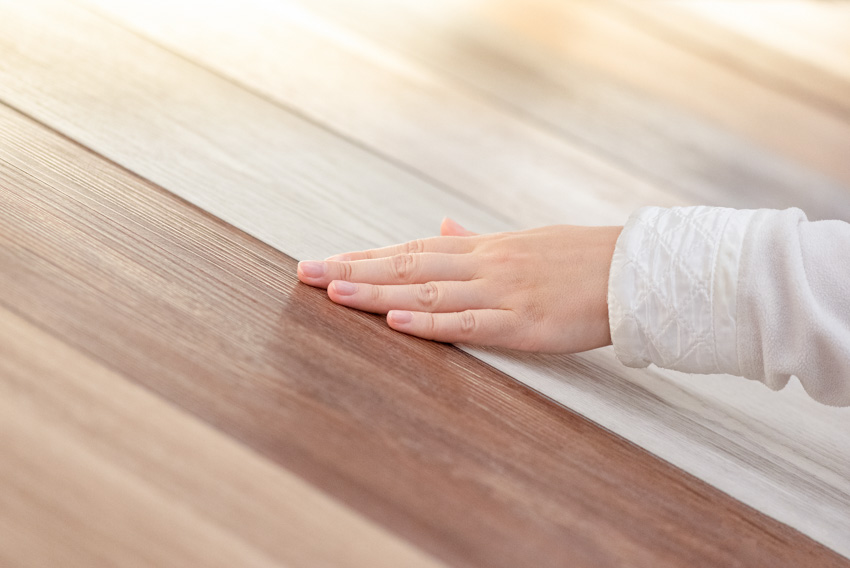
When these joints are exposed to water as the wood contracts and expand, they can develop molds or rot.
For this reason, it is crucial to ensure that you install your floorboards tightly. Choose the narrowest bevel edges you can find.
Pre-Finished Timber Flooring Cost
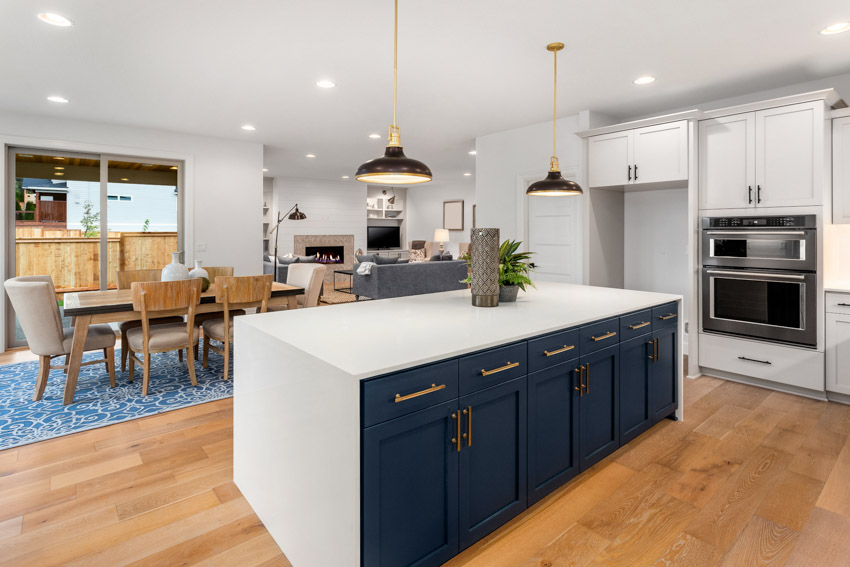
For reference, buying the prefinished hardwood floors will incur about $750 to $1,000 per 100 sq. ft.
The price will differ depending on the grade of the wood that you pick and your supplier. Some come with at least 25 years of warranty, UV-resistant coating, and other features that can affect their price.
Additional materials, like adhesives and installation materials, can cost you $35 to $45 per 100 square feet on top of the floorboard cost. But, how about labor costs?
Labor Cost to Install Pre-Treated Hardwood Boards
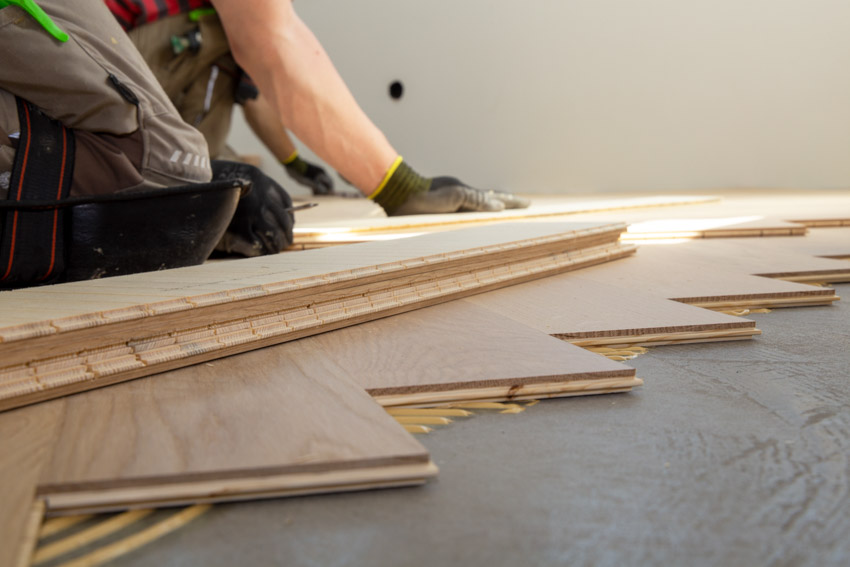
But overall, prefinished hardwood flooring is still easier to install than unfinished hardwood flooring.
For reference, below are the cost of labor estimates for different floor areas:
• 500 sq. ft.: $3,000 to $5,000
• 1,000 sq. ft.: $6,000 to $12,000
• 1,500 sq. ft.: $9,000 to $18,000
Refinishing Factory-Finished Timber Floors
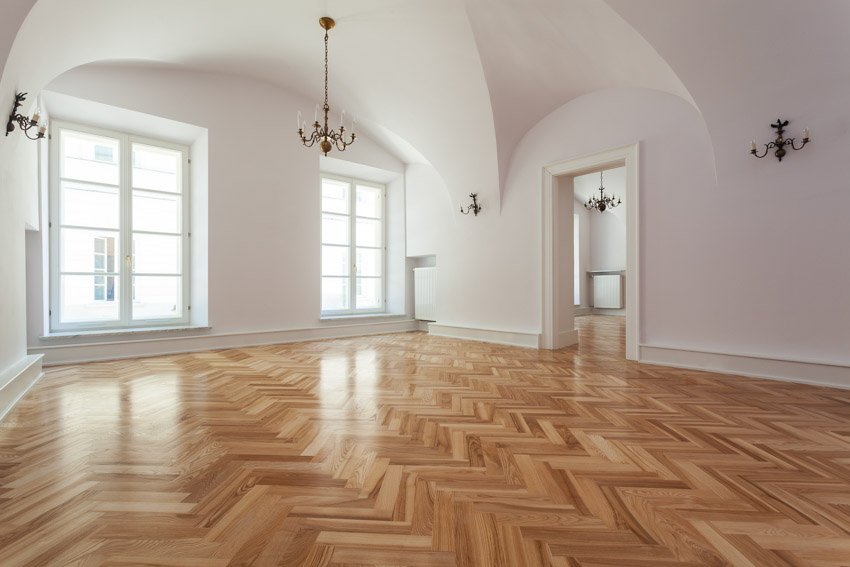
But before doing so, you need to ensure you have at least ⅛ inch thickness from the top to the tongue. Thicker prefinished hardwood floors are more appropriate for refinishing.
Read the following refinishing steps below:
Prepare your space: Clear out all furniture from your floor space and inspect for damages. Secure any loose boards and nails in place, and pull up the shoe base molding as well.
This molding holds your floorboards intact alongside your walls.
Sand your floor: Depending on the thickness of your floorboard’s topcoat, it may take multiple rounds of sanding to finish. For each round of sanding, use coarse, medium, and fine sandpapers.
Buff your floor until smooth: Remove unevenness on your floor by buffing it until smooth. Clean off the dust after buffing.
Apply stain and finish: After cleaning the floor, you can apply the stain on the wood. Let it dry completely before applying the finishing coat.
Pre-Lacquered Wood Flooring Maintenance
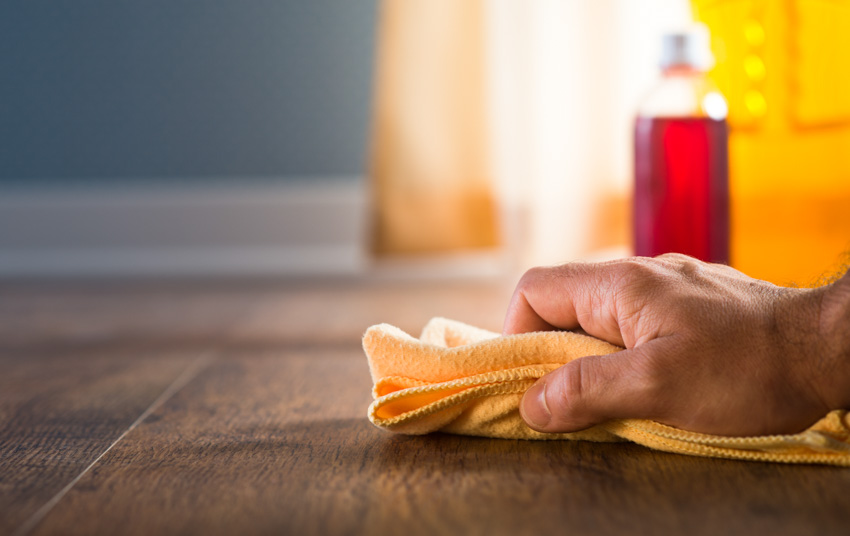
Unlike furniture and decors, these floors are expected to last in peak condition for a few decades. Because of this, it is vital to take some necessary steps to extend their longevity.
Cleaning Prevarnished Timber
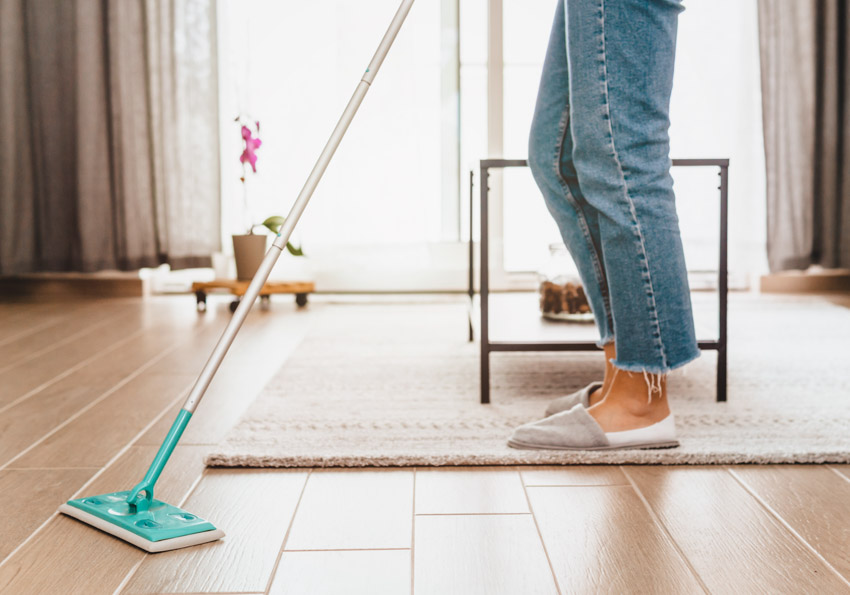
Vacuuming is also great to remove the dust in between the joints of the floorboard. A caveat, do not use water when cleaning your floor as the prefinished hardwood floor may deteriorate faster. Instead, you can apply floor wax while polishing now and then.
How to Fix Dents in Coated Timber Boards

But if you already have a dent on your prefinished hardwood floor, you can benefit from fill sticks. Fill sticks or floor wax sticks quickly fill the chipped wood on your floor.
Clean the dent from dust and remove any wood chip that is protruding. Apply the fill stick that matches the color of the wood, and when dry, scrape off the excess wax.
Sealing Prefinished Engineered Hardwood Floors
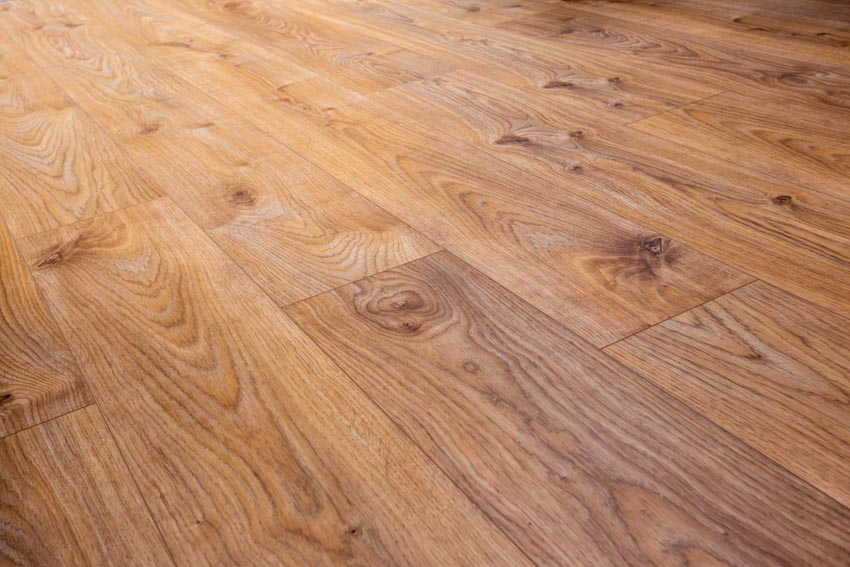
Doing so is beneficial on hardwood floors that are more prone to water than other types, or a decade has passed. When you do, choose a zero-VOC sealer to avoid toxic fumes.
See more related content in our article about the different wood floor patterns on this page.

